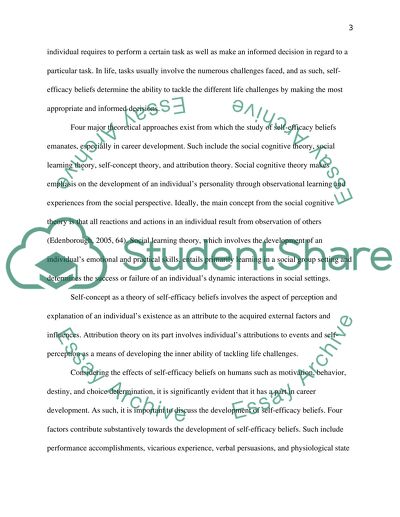Cite this document
(The Activities of Career Development Involving Decision-Making Term Paper - 4, n.d.)
The Activities of Career Development Involving Decision-Making Term Paper - 4. Retrieved from https://studentshare.org/professional/1668037-career-development
The Activities of Career Development Involving Decision-Making Term Paper - 4. Retrieved from https://studentshare.org/professional/1668037-career-development
(The Activities of Career Development Involving Decision-Making Term Paper - 4)
The Activities of Career Development Involving Decision-Making Term Paper - 4. https://studentshare.org/professional/1668037-career-development.
The Activities of Career Development Involving Decision-Making Term Paper - 4. https://studentshare.org/professional/1668037-career-development.
“The Activities of Career Development Involving Decision-Making Term Paper - 4”, n.d. https://studentshare.org/professional/1668037-career-development.


